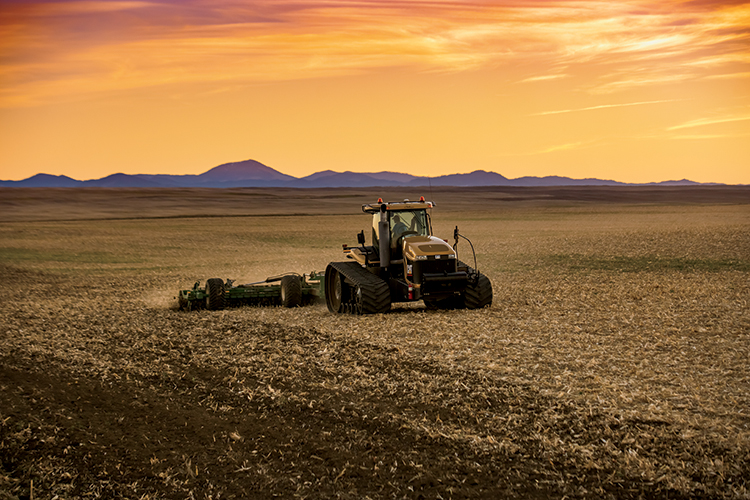Home > Montana > Montana Farm to Table > How Montana Hail Insurance Program Is Protecting Farmers
How Montana Hail Insurance Program Is Protecting Farmers

From June to September, when summer heat and humidity set in, Montana farms are at risk for hail damage. Private hail insurance can be pricey or even nonexistent in high-impact counties like Big Horn and Powder River. Fortunately, the 100-year-old Montana State Hail Insurance Program offers farmers affordable premiums and covers a wide range of crops.
“Hail insurance is important because it’s a risk management tool,” Program Supervisor Walt Anseth says. “It helps farmers cover their cost of production in the event that they have a bad year, and they can recoup some of their costs even though they don’t have a commodity to take to the elevator to sell. We can’t control the weather, but we can help them minimize the risk to their operation.”
The Montana State Hail Insurance Program was established in 1917 after producers lobbied state legislators to help fill the void left by private insurers. Since then, the program has been widely supported by producers – a fact Anseth says has contributed to its longevity.
“It stuck around so long because of the producers’ support,” he says. “It’s their program; we just administer it. The producers pay premiums, and if they have a loss, it’s their money that goes back to them. We have a 100-year history of all claims always being paid.”
Bing Von Bergen, a third-generation wheat farmer, has benefited from the program. He farms about 4,700 acres near Moccasin.
“In my immediate area, hail is probably my biggest risk,” he says. “I’m in a fairly productive hail area because of my proximity to the Rocky Mountain front. The closer you are to the mountains on the eastern slope of the Rockies, the higher chance of hail.”
Von Bergen says the state program helps keep insurance costs and companies in check.
“The State Hail Program can spread its risk out over the entire state,” he says. “There’s always the possibility that if a private insurance carrier does not make money in those individual counties (with high hail losses), they’ll pull out of those counties.”



